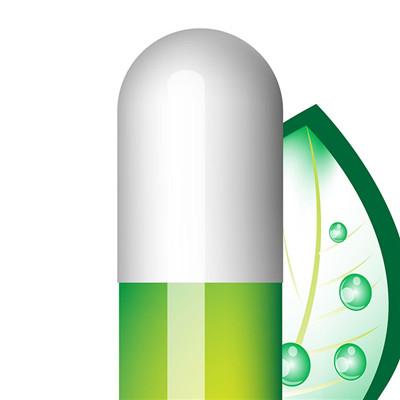What symptom does urinary tract infection have
summary
There are many patients with urinary tract infection in our life. Both men and women may suffer from this disease. Urinary tract infection occurs in different people, and the treatment methods are various. Urinary tract infection refers to the growth and reproduction of pathogens in the urinary tract. Some people will be surprised or indifferent, and the inflammation caused by invasion of urinary tract mucosa or tissue is the most common bacterial infection Urinary tract infection is divided into upper urinary tract infection and lower urinary tract infection. Upper urinary tract infection refers to pyelonephritis, and lower urinary tract infection includes urethritis and cystitis. Pyelonephritis can be divided into acute pyelonephritis and chronic pyelonephritis, which are more common in women. What symptom is urinary tract infection to tell everybody.
What symptom does urinary tract infection have
First: cystitis: commonly referred to as lower urinary tract infection. The main manifestations of cystitis in adult women are urinary tract irritation, i.e. frequent micturition, urgency, pain, leucocyturia, occasionally hematuria, even gross hematuria, and discomfort in the bladder area. Generally, there is no obvious symptom of systemic infection, but a few patients may have low back pain, low fever (generally no more than 38 ℃), and the white blood cell count often does not increase. More than 30% of cystitis is self limited and can be cured within 7-10 days.

Second: acute pyelonephritis: manifestations include the following two groups of symptoms: ① urinary system symptoms: including frequent micturition, urgency of micturition, pain of micturition and other bladder irritation signs, low back pain and (or) lower abdominal pain; ② symptoms of systemic infection: such as shivering, fever, headache, nausea, vomiting, loss of appetite, etc., often accompanied by increased white blood cell count and ESR. Generally, there is no hypertension and azotemia.

Third: chronic pyelonephritis: the course of chronic pyelonephritis is very hidden. Clinical manifestations can be divided into the following three categories: ① urinary tract infection: only a few patients can intermittently develop symptomatic pyelonephritis, but the more common manifestations are intermittent asymptomatic bacterial urine, and (or) intermittent urgency, frequent urination and other symptoms of lower urinary tract infection, waist and abdomen discomfort and (or) intermittent low fever. ② Chronic interstitial nephritis, such as hypertension, polyuria, nocturia increased, prone to dehydration. ③ Related manifestations of chronic kidney disease.

matters needing attention
The latter part of the above drugs (starting from aztreonam) can be used for patients with complicated history, previous pyelonephritis and recent history of urinary tract examination.














